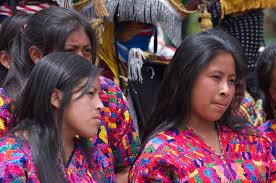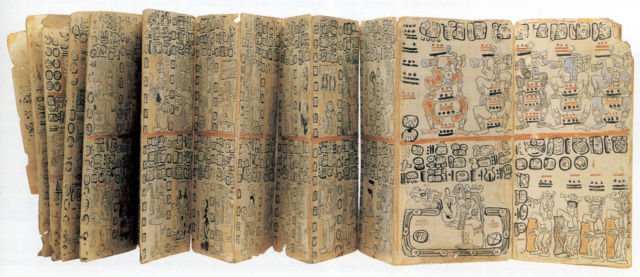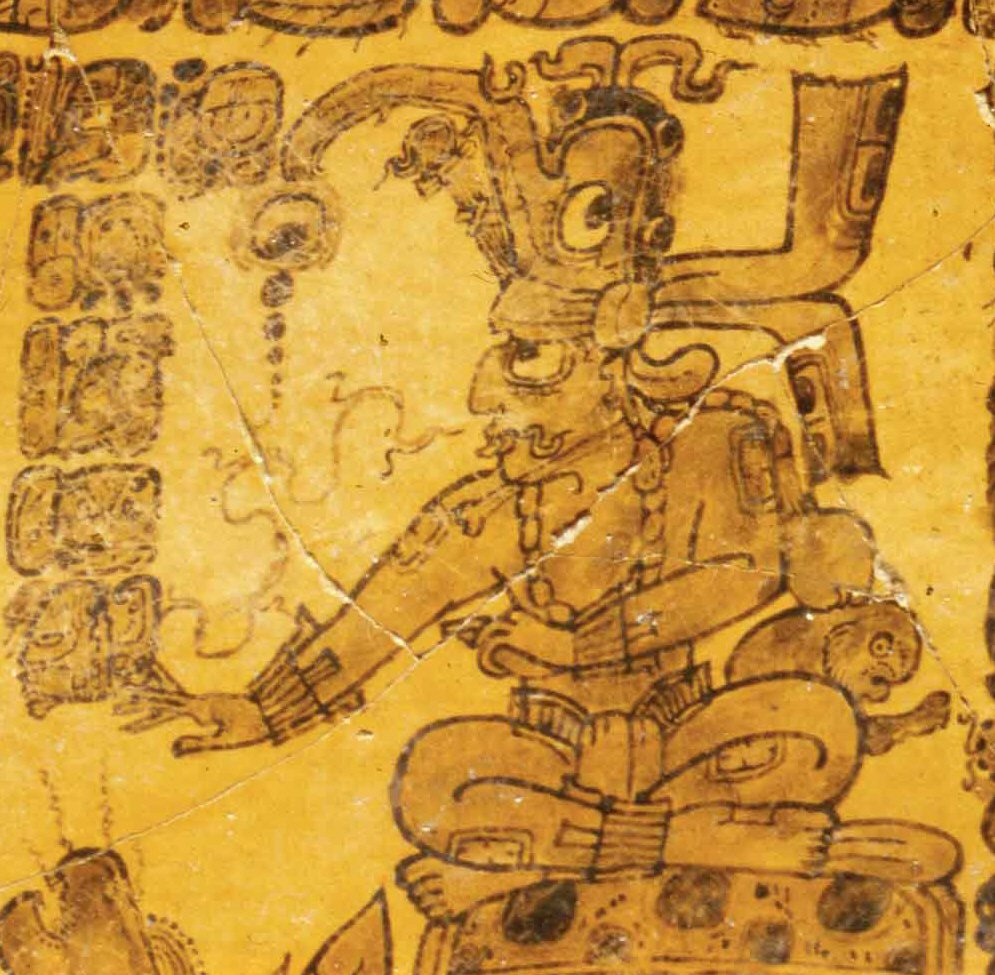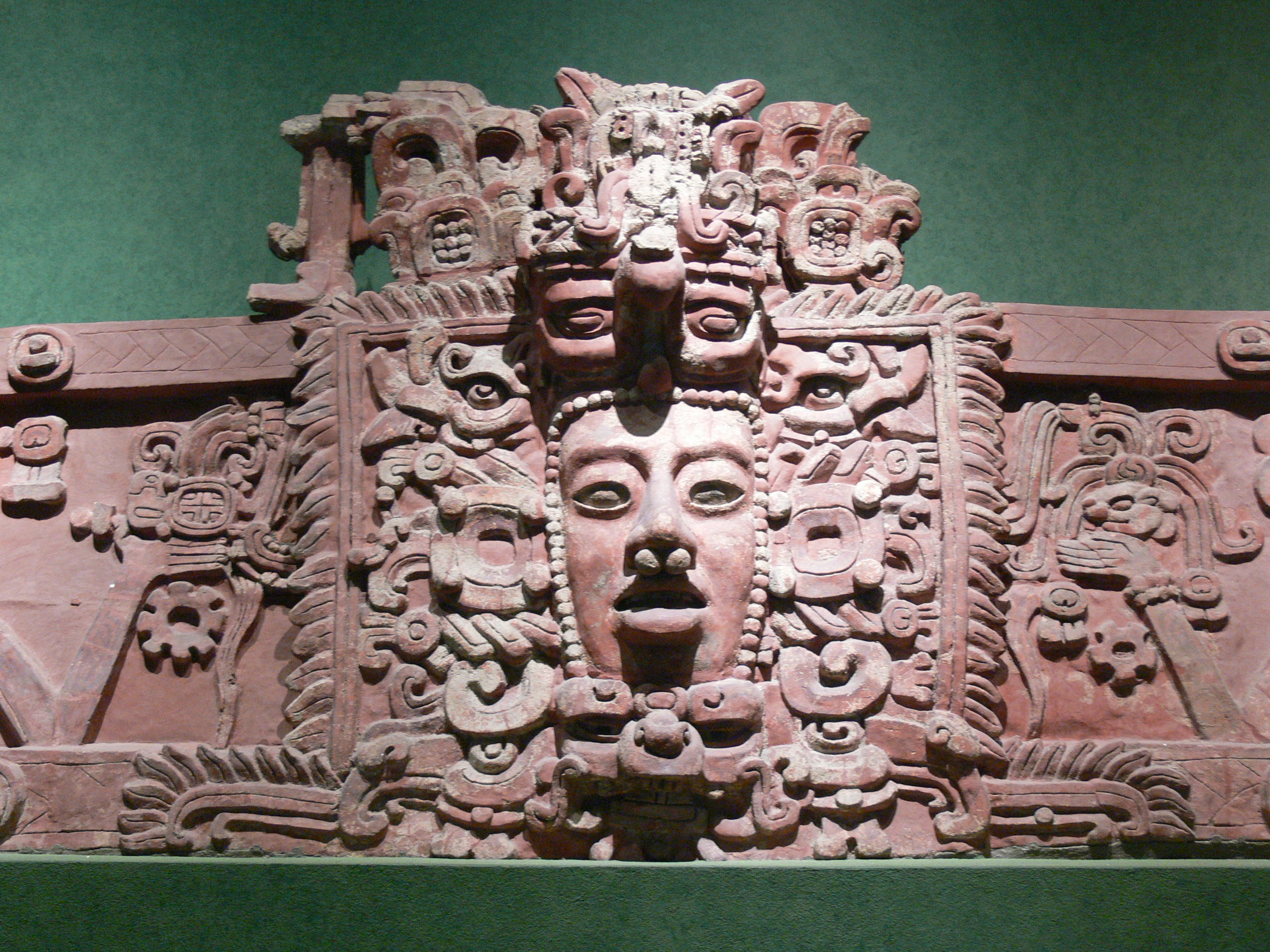The Maya civilization was a Mesoamerican civilization developed by the Maya peoples. The Maya civilization developed in the area that today comprises southeastern Mexico. “Maya” is a modern term used to refer collectively to the various peoples that inhabited this area. They did not call themselves “Maya” and did not have a sense of common identity or political unity.
Today, their descendants, known collectively as the Maya, number well over 6 million individuals, speak more than twenty-eight surviving Mayan languages, and reside in nearly the same area as their ancestors.

The Archaic period, before 2000 BC, saw the first developments in agriculture and the earliest villages. The Preclassic period (c. 2000 BC to 250 AD) saw the establishment of the first complex societies in the Maya region.
The first Maya cities developed around 750 BC, and by 500 BC these cities possessed monumental architecture, including large temples with elaborate stucco façades.
The Maya recorded their history and ritual knowledge in screenfold books, of which only three uncontested examples remain, the rest having been destroyed by the Spanish.

The Mayan Gods and Goddesses
With between 166 and 250 named gods, the Mayans had a complex and changeable pantheon. They had gods to oversee every human action and aspect of life: gods for birth and death, for the ball game and gambling, for travel and traders, for pregnant women and infants, for youth, age, health, and suicide, for wild nature and for agriculture, a god of maize and of thunder, creator gods and gods of destruction, death gods and gods of heaven. All of these gods were changeable as well. They could be one sex or both, young and old, good but sometimes evil, depending on the time and circumstance. Some of their gods are as below
Itzamna is a creator god, one of the gods involved in creating human beings and father of the Bacabs, who upheld the corners of the world.
Hunab Ku is a pre-Columbian god whose name translates as the only God or the one God. Scholars are still debating whether Hunab Ku is an indigenous god or a creation of the Spanish.
Kinich Ahau is the sun god of the Mayans, sometimes associated with or an aspect of Itzamna. During the Classic period, Kinich Ahau was used as a royal title, carrying the idea of the divine king. He is also known in the Mayan codices as God G and is shown in many carvings on Mayan pyramids.

The Mayans were animists in their beliefs, that is, they believed that everything was imbued with a spiritual essence or force, including inanimate objects such as rocks and water. These spiritual essences were to be honored and recognized. The gods were the supreme spiritual forces, but even the spiritual essence of a tree or a frog deserved respect.
Content Source: wikipedia, www.historyonthenet.com



Comment here